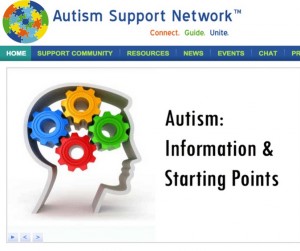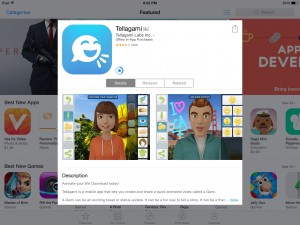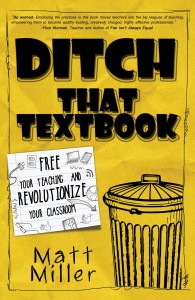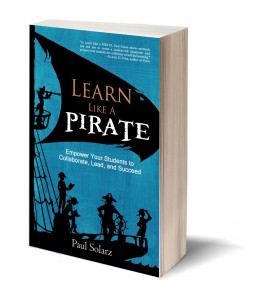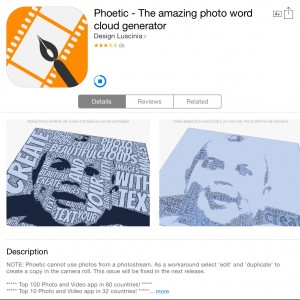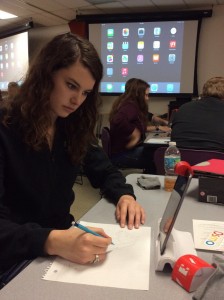The iMovie app allowed me to create short videos to introduce a topic, review a lesson, or utilize as a form of student assessment. Creative students would be able to use this app to create a short movie to demonstrate their knowledge of the content. It is also very useful for classroom instruction to explain information in a unique fashion. Educators could use to introduce a lesson and include what major points will be discussed in further detail. Within agricultural education this could also be used at the end of the year FFA banquet to highlight student achievement in areas like CDES, senior member, and SAEs. It would allow families and supporters to see what members have accomplished within the past year, but does so in a way that more creative than the usual PowerPoint slideshow. If you teach at a school that utilizes a 1:1 system I would highly recommend this app. It is free and possess a wide variety of uses in the classroom. ⭐️⭐️⭐️⭐️
